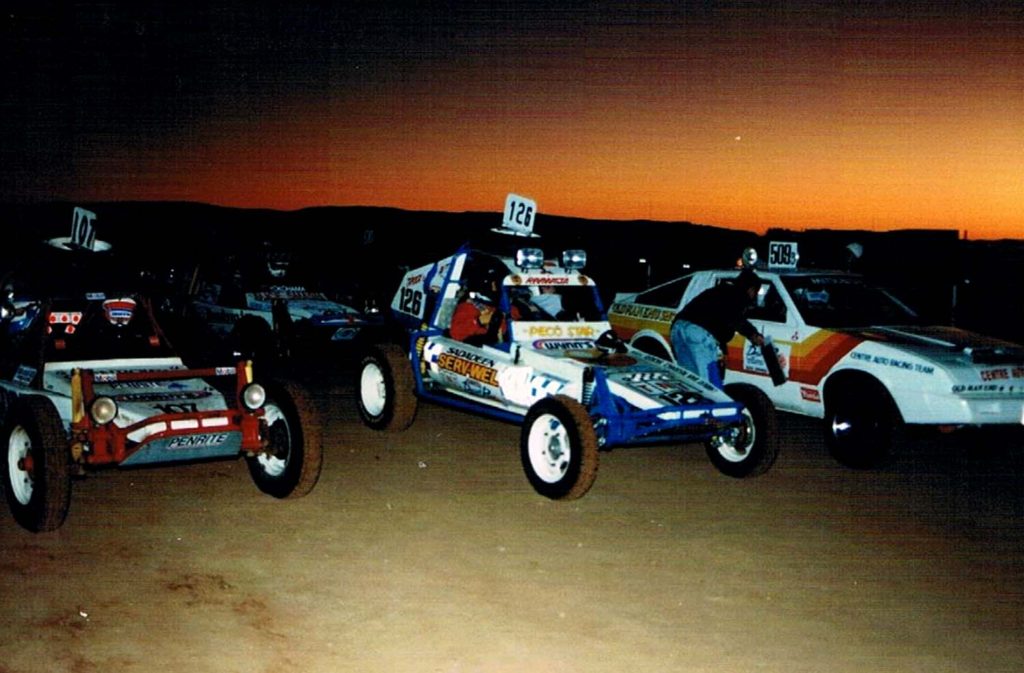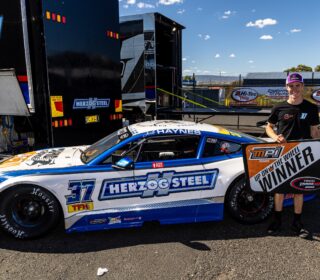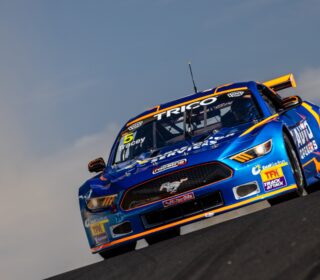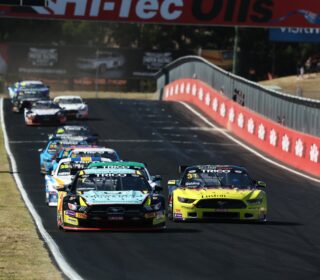FINKE: A LEGACY OF GOING THERE AND BACK AGAIN
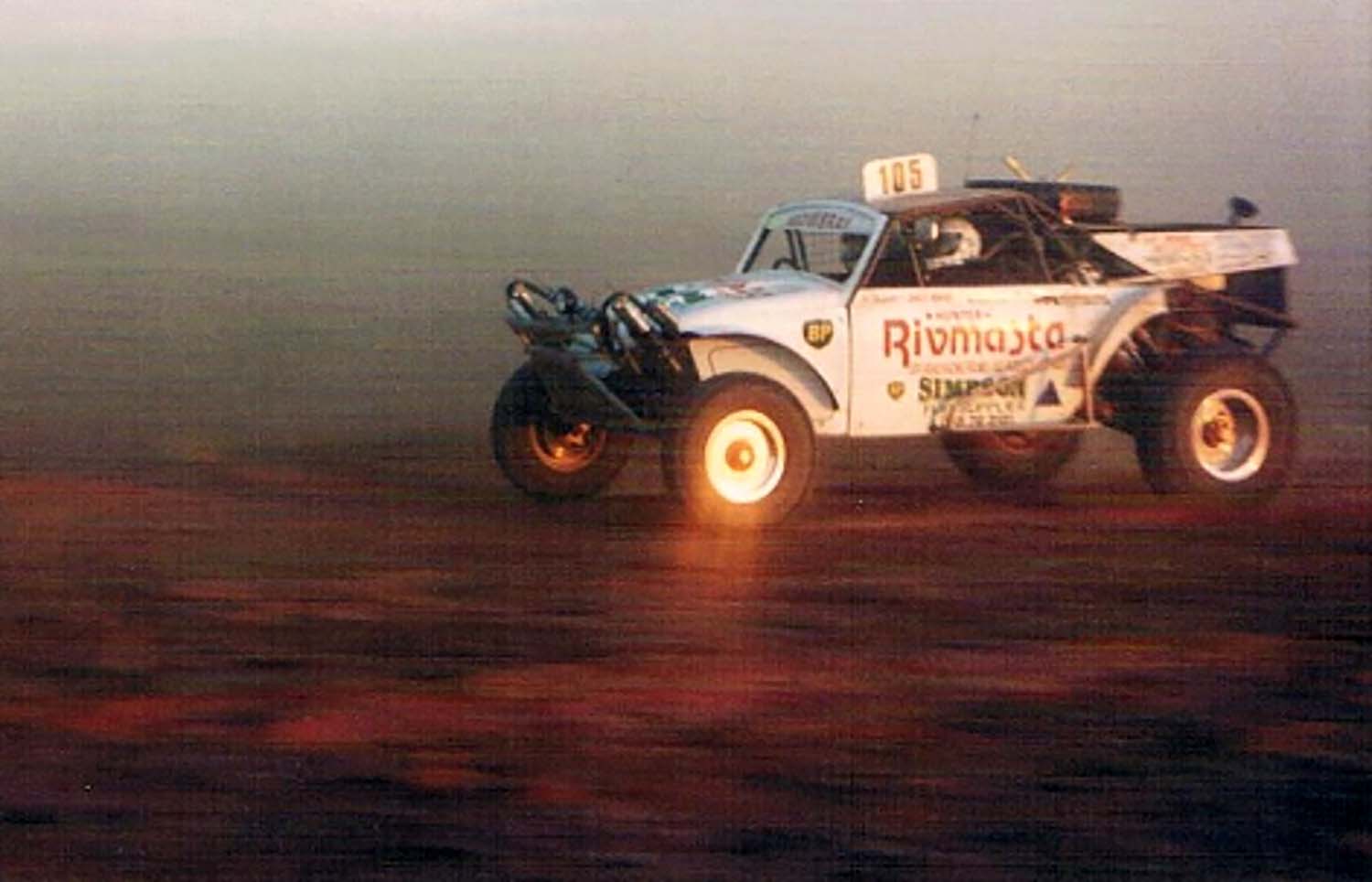
FOR THE first time since 1976 nobody went there and back! It didn’t hit the headlines like many sporting fixtures did, but the Queen’s Birthday long weekend event has been, and hopefully in the future, the Bathurst of Off Road Racing in Australia.
WORDS & IMAGES: Garry O’Brien, who was there.
“THERE AND BACK” started as an off road motorcycle race from Alice Springs to about a kilometre shy of the small Aputula community, just past the Finke river, and back. Since then it became known as the Finke Desert Race and has included a separate race for cars and buggies from 1988.
The ‘Finke’ as it is more readily known these days, has become one of the biggest annual sporting events in the Northern Territory. From simplistic beginnings and in many respects, this event opened the doors of Off Road Racing to the broader motorsport community.
The two-day event is undertaken on what many say is the most difficult off road course in the country and this one is held in probably the most remote place in the world.
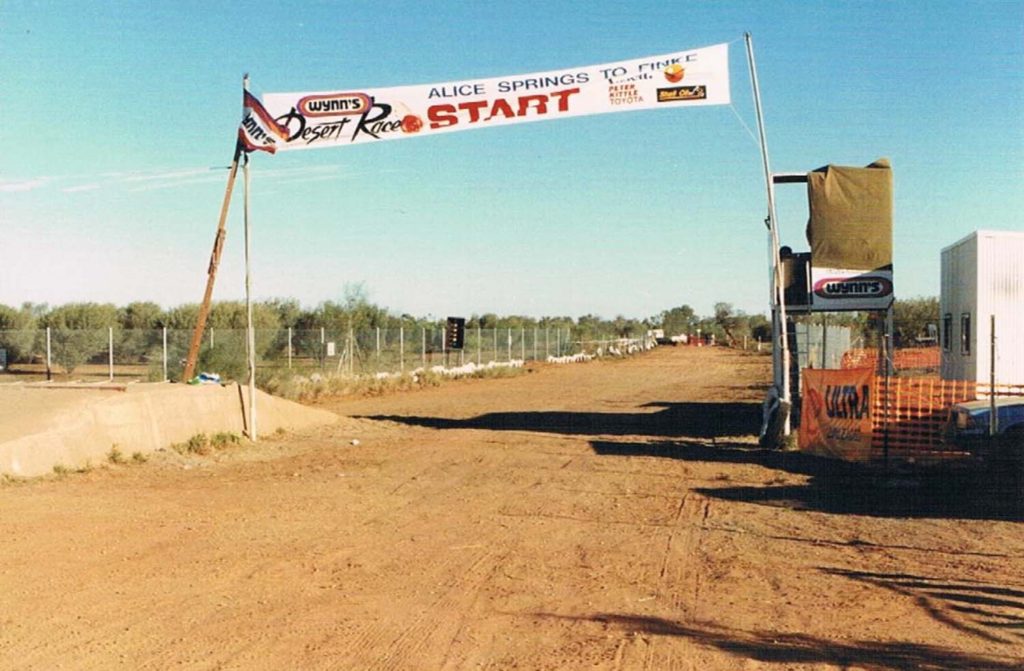
Each leg of the race runs 229 kilometres along sections of what was the Old Ghan Railway service track, adjacent to the railway line. It travels along a winding corrugated track which snakes through typical outback terrain of red dirt, sand, spinifex, mulga and desert oaks. Of note are the high speed long straights, and the ‘whoopsie-doos’ which is a 30km stretch of up and down, rollercoaster-like terrain.
There are checkpoints/refuelling stations along the way at Deep Well, Rodinga, Bundooma and Mt Squires, which have also been handy to update spectators and the scorers at the start with the progress of competitors radioed back.
There and back was started by a group of local motorbike riders. The challenge was to race from Alice Springs to the Finke River and return. After the success of this initial ride, the Finke Desert Race was born and it has been held annually on the Queen’s Birthday long weekend ever since.
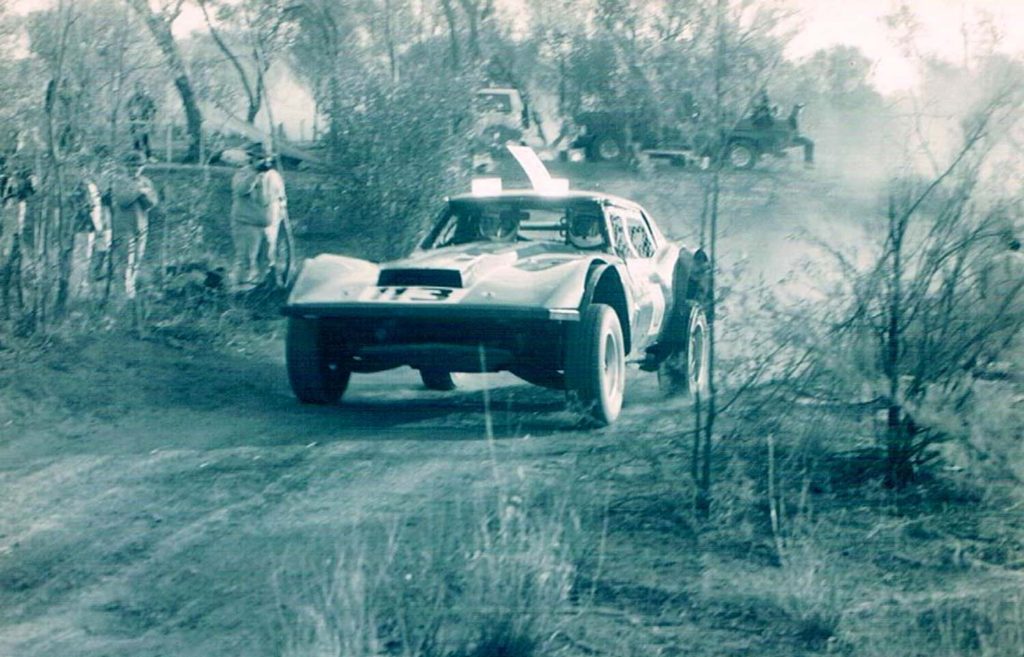
John Fidler and Peter Lewis made off road history when they won the inaugural running for four-wheel vehicles on June 13-14, 1988. They were victorious in their buggy which in reality was a Holden panel van chassis, draped with fibreglass Chev Corvette bodywork and sporting a V8 powerplant.
It was a sweet victory for Fidler, who had been unsuccessful on bikes over the previous 12 years. He and Lewis had an early setback when a complete bank of shock absorbers sheared off their fibreglass-bodied buggy, dropping them off the pace.
They were third into Finke for the overnight rest-up behind Alan Hoare and Jason Gregory (4WD Mitsubishi L200 Ute) and Philip Pittaway and Dennis Pate (Datsun 1600). Hoare and Gregory succumbed to losing an idler arm on the return leg while Fidler and Lewis had a dream run back to Alice Springs.
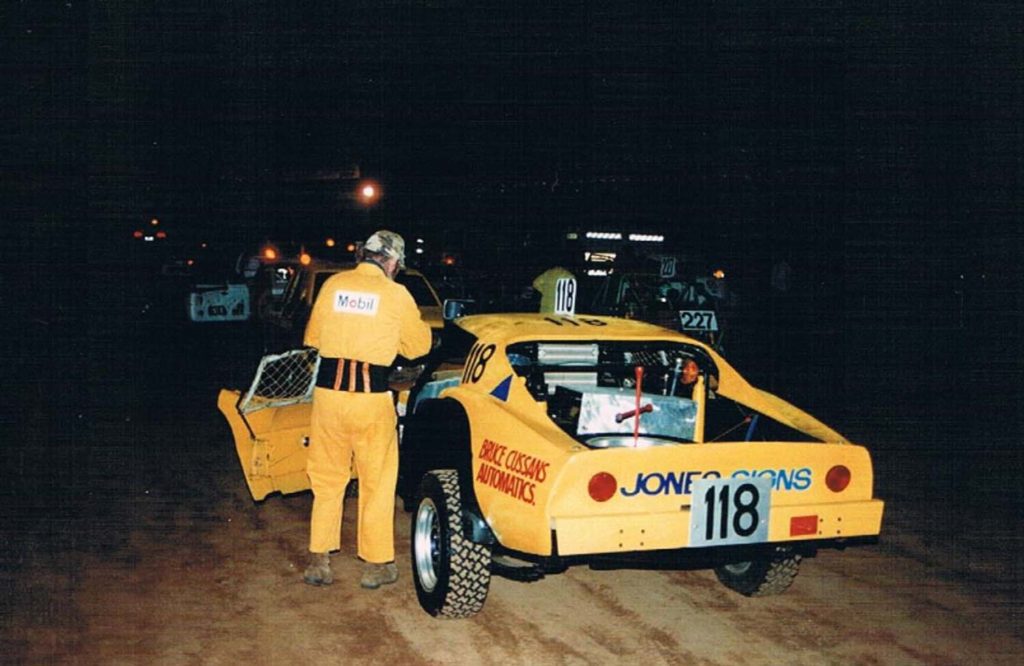
Fears from the many two-wheel enthusiasts who feared the cars would chop up the 226km mercilessly, proved unfounded as the cars actually smoothed the track to an extent.
Despite a small vehicle entry of just 13, the organising committee indicated immediately that cars and buggies would again be included the next year and were optimistic that interest would grow. So it did as the entry list swelled to 34 for 1989 with several interstaters making the trek.
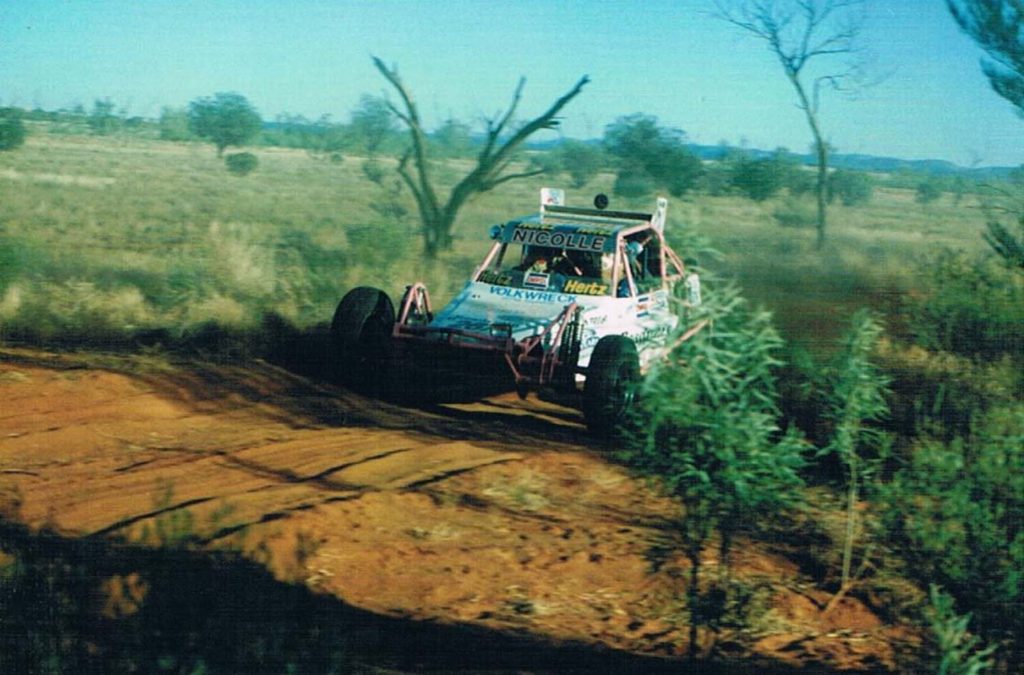
Again it incorporated three-car classes running separately to the bikes – for buggies, 4WD and 2WDs. Outright honours went to an ex-pat South Aussie Gary Nicolle and Jo Reed in a Datsun-powered Southern Cross buggy from the Territory’s Adrian Sgarbossa/Mal Monroe and Mike and Kym Paull, also piloting buggies. Twenty made it through to the finish.
Nicolle went back-to-back with victory in 1990, this time with Neil Shegog pointing the way, and they finished well ahead of second placed Dennis Pate and Tony White in a Datsun sedan. The entry numbers had gone out to 43 and included a three-car police entry.
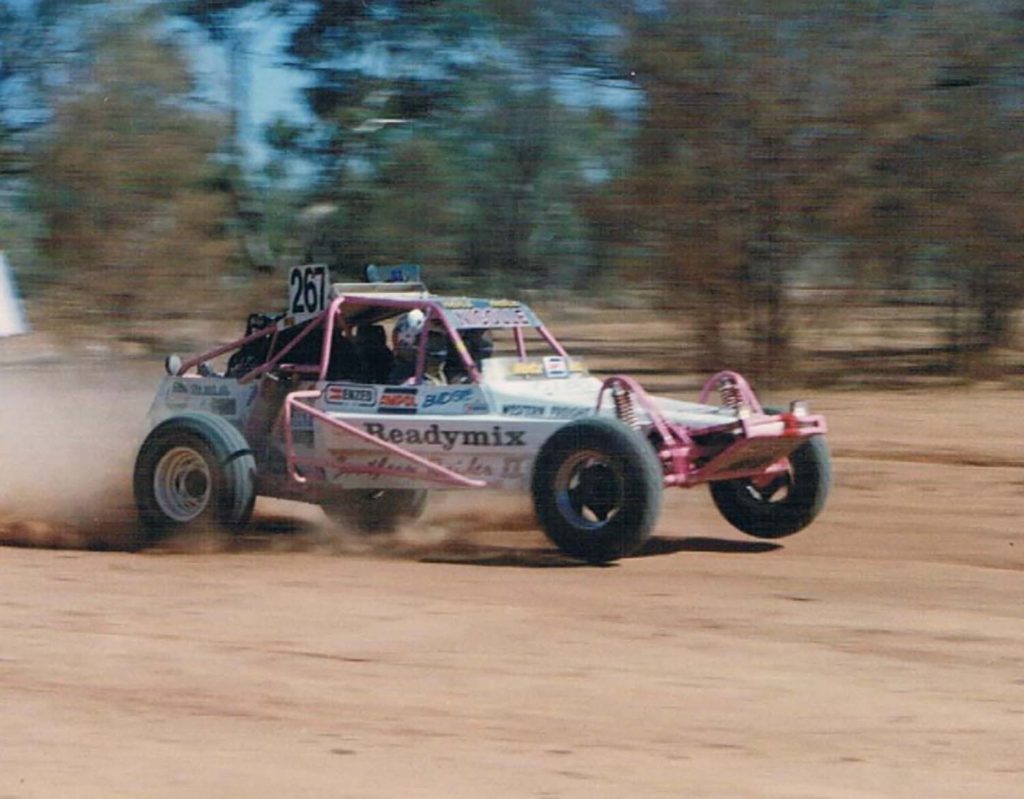
Rally star Bruce Garland also entered with Mal Crockenberg in a turbo Mitsubishi Pajero. Garland particularly loved the fact that he could pass the police at 180 kmh and not get booked.
The Finke, which was then backed by Wynns, had an otherwise unique community feel about it with the added support of Tabs, Tubs & Tiles, Kittle Toyota, the Mt Gillen service station, the NT Tourist Commission and Ansett Airlines. It also had an enterprising and dedicated organising committee with the Outback Desert Racing Club.
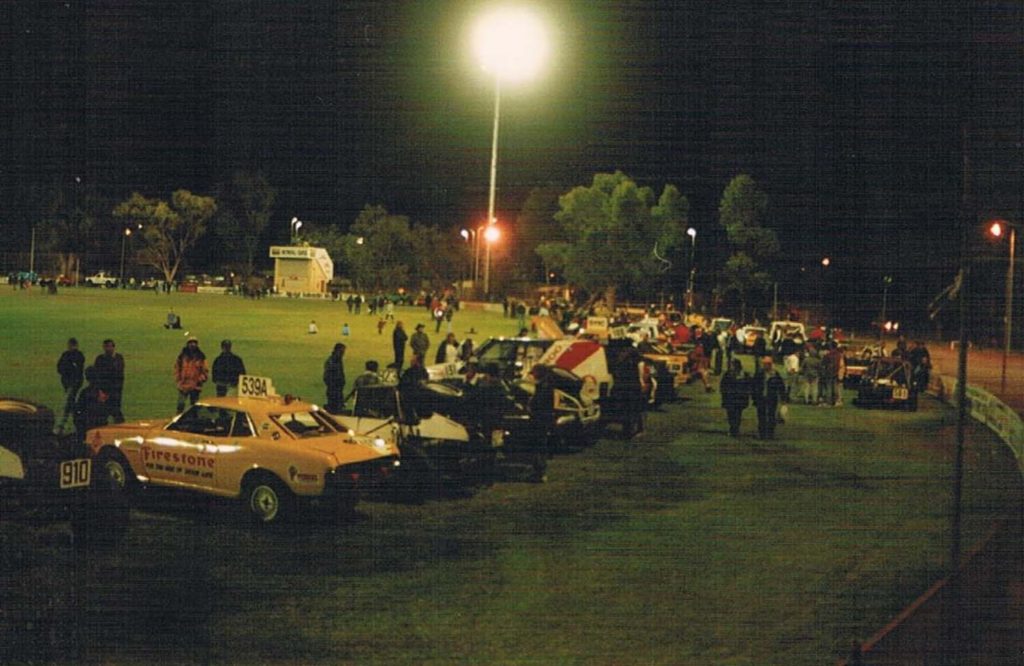
The Army were on hand at the overnight camp to cater and help out with repairs. Spares parts were abundant too, at “Finke Auto”, an area in very close proximity to the camp where there were many dumped vehicles.
But would it ever make it as a national event with championship status? It seemed no at the time. Being on the Queen’s Birthday long weekend, up against Sea Lake, was the first obstacle where its organisers were not going to budge. That time of the year also lent itself to some chilly conditions with overnight temperatures getting to zero or below, and then of course, the remoteness.
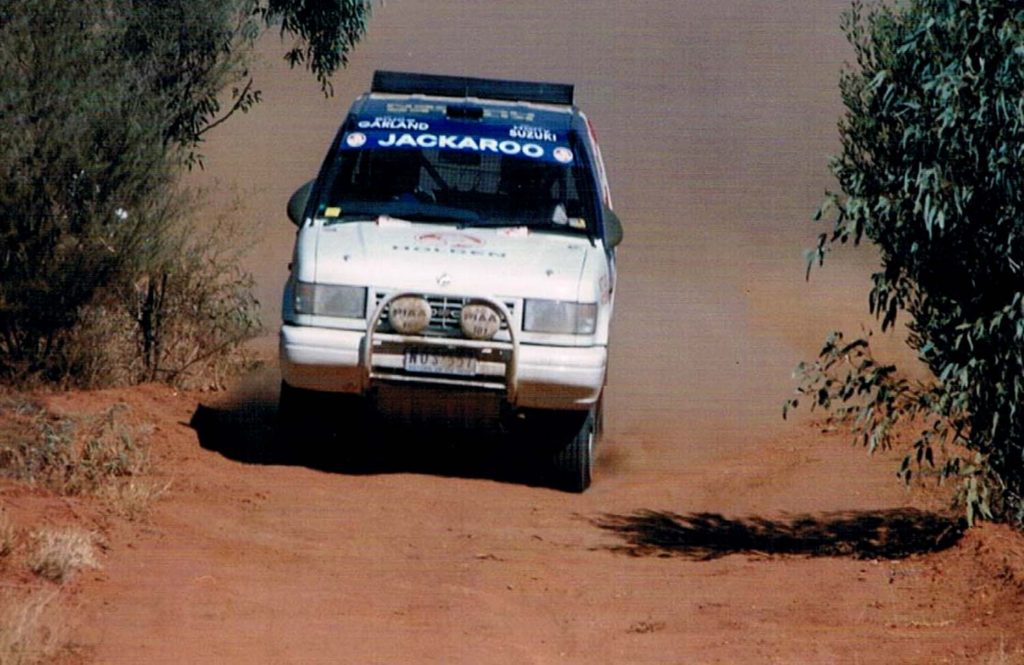
Shell Oils came on as sponsor the next year, and with it Dick Johnson as an entrant. He was entered in an Ian Hedley-prepared Ford F150 with Martin Lukcock navigating. Hedley himself drove an F250 with Shane Hastie but both Fords would have dramas, not necessarily because of preparation but because of the unknown nature of the event.
That air of community was clearly evident. The Hedley team set up on the footpath in a semi-industrial area until Hoare made space for them in his workshop, joining Garland who was already encamped there. Johnson had been a team mate to Garland in the 2GO Rally previously, campaigning two Ford Escorts. In front of the local media they had on their rival faces; outside of that they drank beers and talked about the Finke.
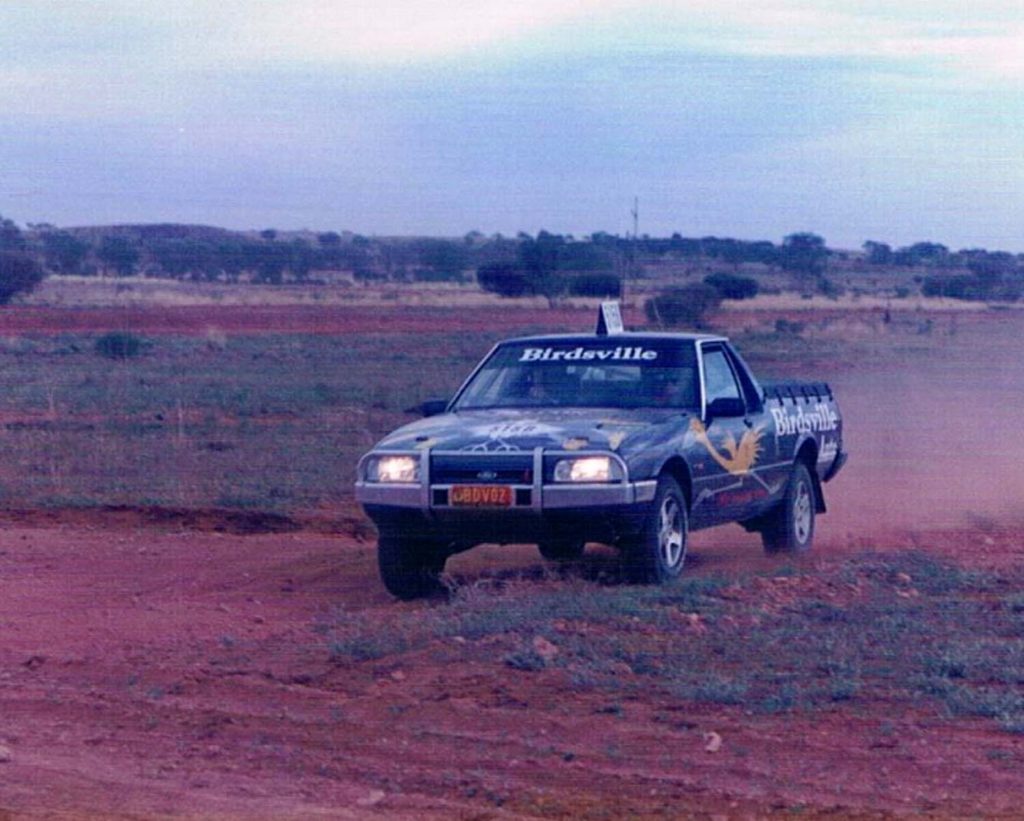
While Johnson enjoyed the event and even waved the chequered flag for the bike finishers, he wasn’t particularly thrilled about the Army catering at Finke. “It brought back some bad memories (referring to his two years of conscription). If I had known beforehand I would have tried to break the car earlier.”
Johnson would return 12 months later, driving a virtually standard Ford Falcon Ute, prepared and navigated by Longreach identity Allan Barnes – and it made it there and back. Garland competed on several occasions and relished the event more when the late Richard Bennett took his Trophy Truck along.
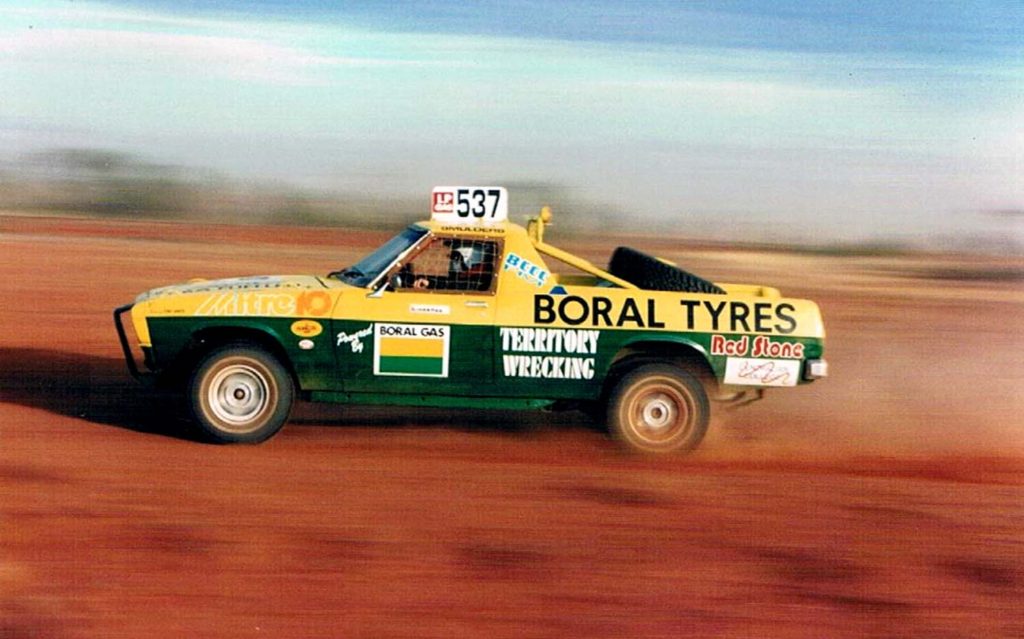
Until then, the Mitsubishis and Isuzus Garland raced were physically the largest of the front running vehicles. “We would take out overhanging branches and always end up with a smashed windscreen . . . until Richard turned up,” Garland said.
Having the likes of Garland and Johnson compete certainly elevated the Finke’s status. Each year, the numbers have grown, along with the event’s reputation.
It ultimately picked up national championship status and the biggest names came, some conquered and others fell to the tough going, all trying to get there and back again.
